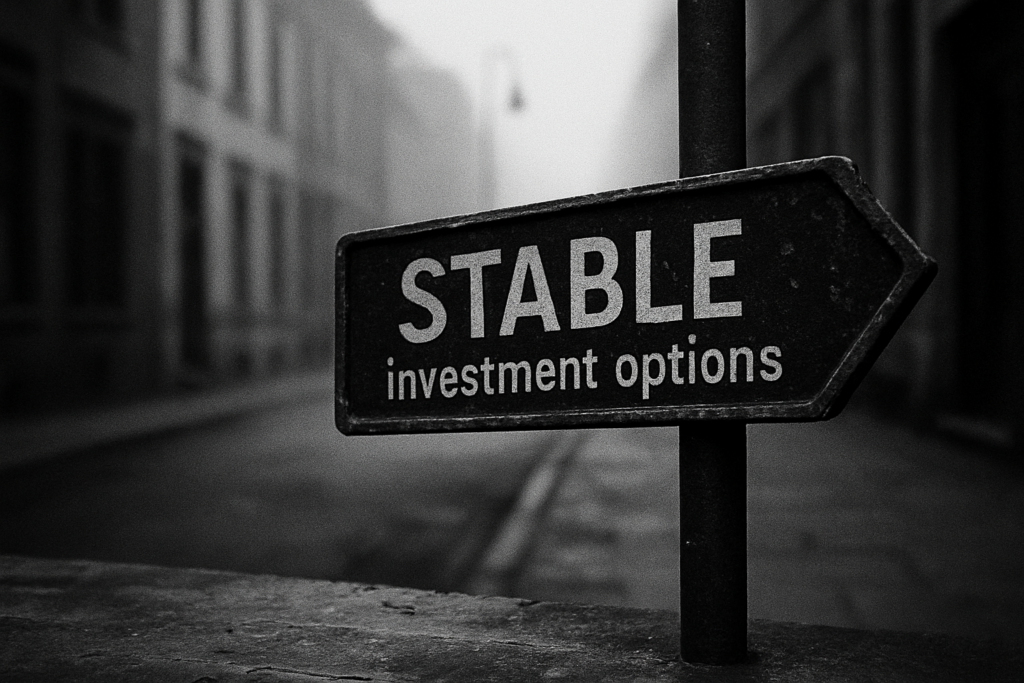Understanding a Safe Bet Portfolio
A safe bet portfolio balances risk and potential returns through diversification and asset allocation. This strategy includes a mix of low-risk investments like bonds and blue-chip stocks. The goal is to protect capital during market downturns while achieving steady growth.
Core Components
- Low-Risk Assets: These include government bonds, blue-chip stocks, and savings accounts. For instance, U.S. Treasury bonds are known for their stability and lower risk compared to corporate bonds.
- Diversification: By spreading investments across various asset classes, sectors, and geographies, if one investment underperforms, others may offset losses. Examples include diversifying between equities, fixed income, real estate, and commodities.
Benefits of a Safe Bet Portfolio
- Reduced Volatility: Investments in low-risk assets reduce exposure to high market volatility. This is crucial for investors seeking to avoid large swings in portfolio value.
- Long-Term Growth: While not aiming for high returns, a safe bet portfolio provides steady growth over time. Historical data shows that diversified portfolios tend to perform well over the long term.
Implementing a Safe Bet Portfolio
To implement this strategy, determine your risk tolerance and investment goals. Allocate a larger proportion to low-risk assets and a smaller portion to higher-risk investments. Use index funds or ETFs specializing in stable sectors to simplify portfolio management. Rebalance periodically to maintain the desired risk level.
A safe bet portfolio doesn’t promise high returns, but it aims to minimize losses, ensuring a more stable financial journey.
Key Strategies for Minimizing Losses
Minimizing losses in a safe bet portfolio requires strategic planning and execution. I achieve this by focusing on diversification, asset allocation, and risk management.
Diversification
Diversification involves spreading investments across different asset classes and sectors. By doing this, I reduce the impact of a poor-performing investment. For instance, I would invest in stocks, bonds, real estate, and commodities. Within stocks, I might include tech, healthcare, and consumer goods companies. This way, if one sector suffers, the others may balance it out.
Asset Allocation
Asset allocation defines how I distribute my investments across various asset classes. This strategy aligns with my risk tolerance and financial goals. For example, a conservative portfolio might consist of 60% bonds, 30% stocks, and 10% cash. I adjust these percentages based on market conditions and my investment horizon. A well-thought-out asset allocation provides stability and minimizes losses.
Risk Management
Risk management identifies and mitigates potential investment risks. I employ several techniques, such as setting stop-loss orders and regularly reviewing my portfolio. For example, I might set a stop-loss order at 10% below the purchase price of a stock. If the stock’s price drops, it gets sold automatically to prevent further loss. Periodic reviews help ensure alignment with my financial objectives and market trends.
Choosing the Right Investments

Selecting the appropriate investments is key to minimizing losses in a safe bet portfolio. This involves careful assessment of various asset classes.
Stock Selection
I chose stocks carefully, prioritizing blue-chip companies known for stable returns and strong market positions. These stocks offer dividend payments which can provide a steady income stream. Sectors like utilities, healthcare, and consumer staples tend to be less volatile, making them suitable for a safer portfolio.
Bond Investments
When adding bonds to my portfolio, I focused on high-quality bonds issued by stable governments and corporations. I considered U.S. Treasury bonds, municipal bonds, and investment-grade corporate bonds to achieve a balance of safety and returns. Bonds with shorter durations are less sensitive to interest rate changes, which helps mitigate risks.
Alternative Assets
I diversified further by including alternative assets to hedge against market volatility. Assets such as real estate, commodities, and hedge funds can provide unique benefits. Real estate often offers rental income and potential appreciation, while commodities can protect against inflation. Hedge funds offer strategies that can perform well in varying market conditions.
Tools and Techniques for Monitoring
To minimize losses in a safe bet portfolio, it’s essential to use effective tools and techniques for monitoring performance and making adjustments.
Tracking Performance
Tracking performance helps identify trends and make informed decisions. I use portfolio management software like Personal Capital and Morningstar. These tools provide real-time data and detailed analysis. Monitoring key metrics like returns, volatility, and Sharpe ratio helps assess risk and performance. It’s vital to regularly review these metrics and compare them against benchmarks to gauge performance.
Rebalancing Your Portfolio
Rebalancing a portfolio maintains target asset allocations, essential for managing risk. I set periodic reviews, usually quarterly or annually, to check if current allocations match the desired mix. If allocations drift due to market changes, I rebalance by buying/selling assets to restore the target ratios. For example, if stocks outperform and exceed their target percentage, I sell a portion and invest in underperforming assets like bonds. This process helps manage risk and maintain the portfolio’s objectives.
These tools and techniques offer a structured approach to managing a safe bet portfolio, ensuring it stays aligned with financial goals while minimizing potential losses.
Common Mistakes to Avoid
Minimizing losses in a safe bet portfolio requires avoiding common pitfalls. Missteps can undermine your strategy, leading to suboptimal results. Here are key mistakes to watch for:
Overconcentration on a Single Asset
Focusing too much on one asset class, such as technology stocks, can expose the portfolio to higher risk. Diversify across various sectors, geographic regions, and investment types to spread risk effectively.
Neglecting Portfolio Rebalancing
Ignoring regular rebalancing disrupts the desired asset allocation, increasing risk. Schedule periodic reviews, quarterly or annually, to ensure the portfolio stays aligned with your risk tolerance and goals.
Failing to Monitor Investment Performance
Not tracking the performance of individual investments prevents you from making informed decisions. Use portfolio management tools like Personal Capital or Morningstar to monitor returns, volatility, and other key metrics.
Chasing High Returns
Pursuing high returns by frequently buying and selling assets increases transaction costs and potential losses. Stick to the chosen investment strategy and avoid impulsive decisions driven by market hype.
Ignoring Risk Assessment
Overlooking risk assessment leads to an unbalanced portfolio. Evaluate the risk associated with each investment and its impact on the overall portfolio to maintain stability and minimize potential losses.
Inadequate Emergency Fund
Not having an emergency fund can force you to liquidate investments in a downturn. Maintain an emergency fund covering at least 3-6 months of living expenses to safeguard your portfolio.
By recognizing and avoiding these mistakes, you can better protect your safe bet portfolio and maintain its balance amidst market fluctuations.









